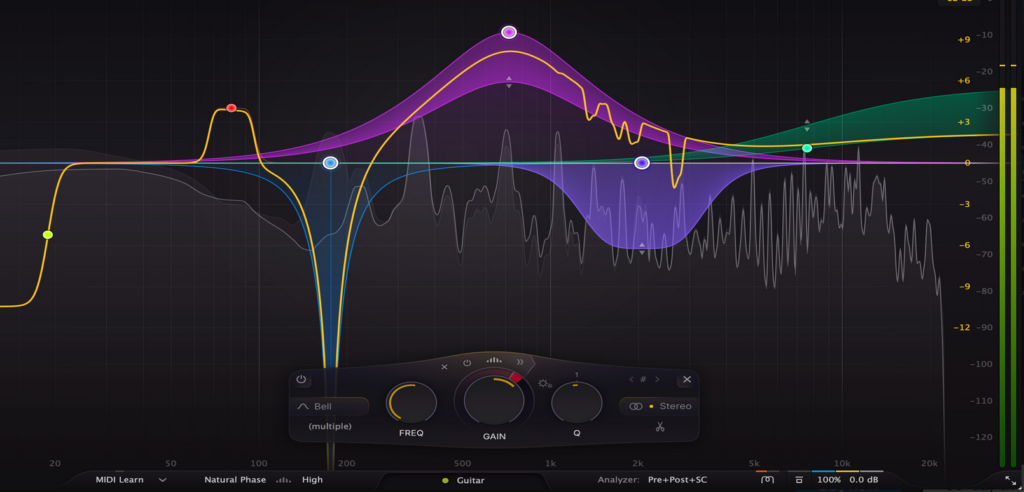Introduction of Third Pattern (2 notes)
A pattern of two aligns perfectly with an ostinato in eight—it fits seamlessly four times without any shifts that create a melody. This gave me complete freedom to craft my own. A slow melody, mostly shaped by highlighting certain notes in the pattern—accentuating them. What’s fascinating is that when you play a repetitive two-note pattern—low and high—the melodic lines can emerge from both the lower and upper ends.
For me, this section conveys a sense of longing, a gratitude that taps into something deep within me. It touches me in its simplicity, and I genuinely enjoy playing it.
By the way, the resonances work beautifully here, almost as if the piano itself is moved, expressing emotion.

